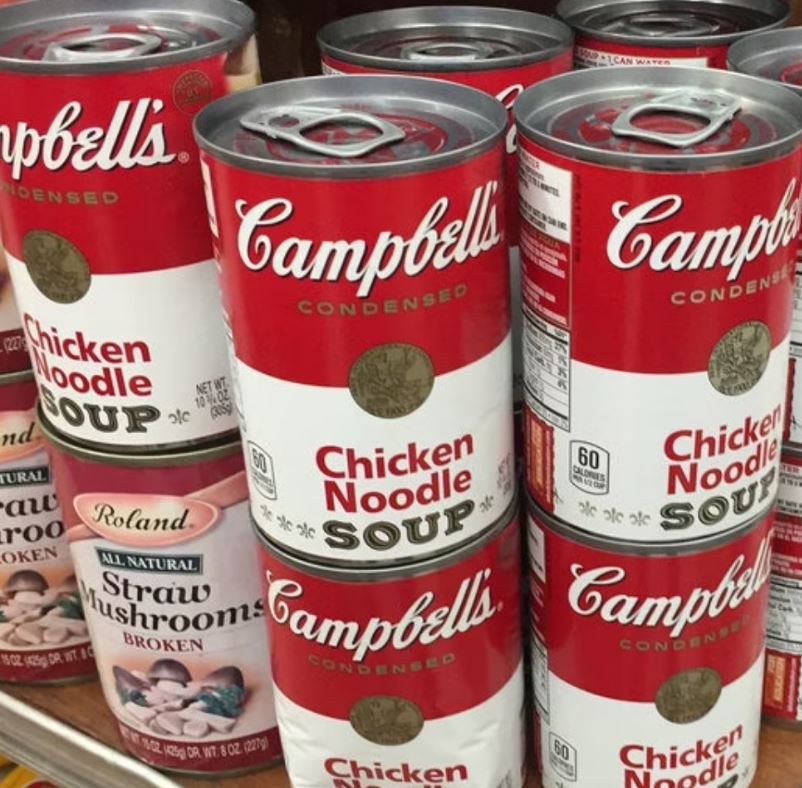The Uncertain Future of Campbell’s Soup: A Classic American Brand at a Crossroads
Campbell’s Soup, a brand that has been a fixture in American households for nearly two centuries, is now facing the possibility of closure. This unsettling scenario stems from the growing trend among consumers who are increasingly opting for natural, unprocessed foods, distancing themselves from Campbell’s signature processed products.

In a bid to keep up with these changing tastes, Campbell’s has made several acquisitions to diversify its offerings. However, this strategy has backfired, saddling the company with a massive $9 billion debt.
Compounding these financial challenges is a fierce internal conflict. The Dorrance family, which owns 40% of Campbell’s shares, is in a heated standoff with Daniel Loeb of Third Point, who holds about 7% of the company’s stock. Loeb is pushing for drastic changes, including rebranding and redesigning Campbell’s iconic red and white cans, which has led to legal battles over accusations of mismanagement.
In a recent turn of events, Campbell’s has agreed to appoint two directors suggested by Third Point, signaling that significant changes could be on the horizon as the company fights to stay afloat.
If Campbell’s Soup were to close its doors, it would not only disappoint its dedicated customer base but also serve as a stark reminder of the broader shift in consumer preferences away from processed foods. For Campbell’s to stay relevant, it’s clear that the company must embrace change and significantly revamp its business model.
The ongoing struggles at Campbell’s offer crucial insights for other long-established brands on the importance of balancing tradition with innovation, making Campbell’s journey a compelling case study in adapting to consumer-driven market dynamics.





